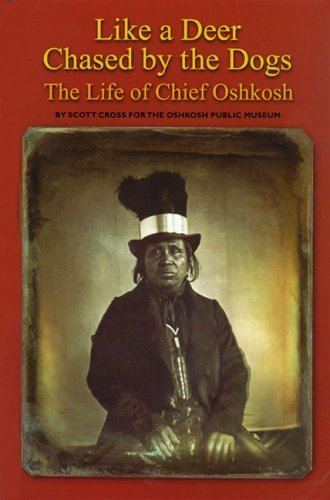Nationality Native American Name Chief Oshkosh Successor Chief Akwine'me | Predecessor Chief Tomah | |
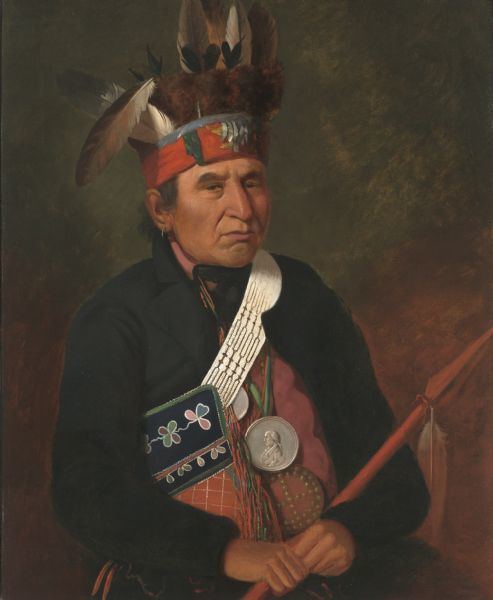 | ||
Died August 29, 1858, Keshena, Menominee, Wisconsin, United States | ||
Chief Oshkosh: Leader in Troubled Times
Chief Oshkosh (also spelled Os-kosh or Oskosh) (1795–August 29, 1858) was the chief of the Menominee American Indians from 1827 until his death. He played a key role in treaty negotiations as the Menominees tried to protect their lands in Wisconsin from resettling New York Indians and American pioneers. Oshkosh, Wisconsin, is named after him.
Contents
- Chief Oshkosh Leader in Troubled Times
- The chief oshkosh red lager name dispute part 1
- Early life
- Treaties
- Later life
- References
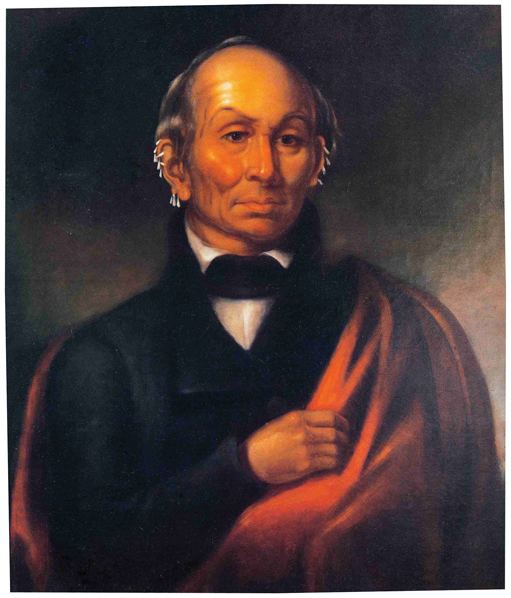
The chief oshkosh red lager name dispute part 1
Early life
Chief Oshkosh ("Claw") (cf. Ojibwe oshkanzh, "the claw"). was born in 1795 near Nekoosa (Point Bas) on the Wisconsin River. Around the age of 15, he was placed under the guidance of Tomah by his grandfather, the Head Chief. After Tomah and his grandfather died, Oshkosh became the Head Chief in 1827. As a young man he fought on the side of the British during the War of 1812. However, he sided with the Americans during the Black Hawk War of 1832.
Treaties
In the 1836 Treaty of the Cedars, Oshkosh and the Menominee sold 4.2 million acres (17,000 km2) (including all of their lands in Upper Peninsula of Michigan) for $620,000. Later, in the 1848 Treaty of Lake Poygan, Oshkosh and the Menominee sold their remaining lands in Wisconsin to the United States. In exchange, the government offered them about 600,000 acres (2,400 km2) along the Crow Wing River in Minnesota.
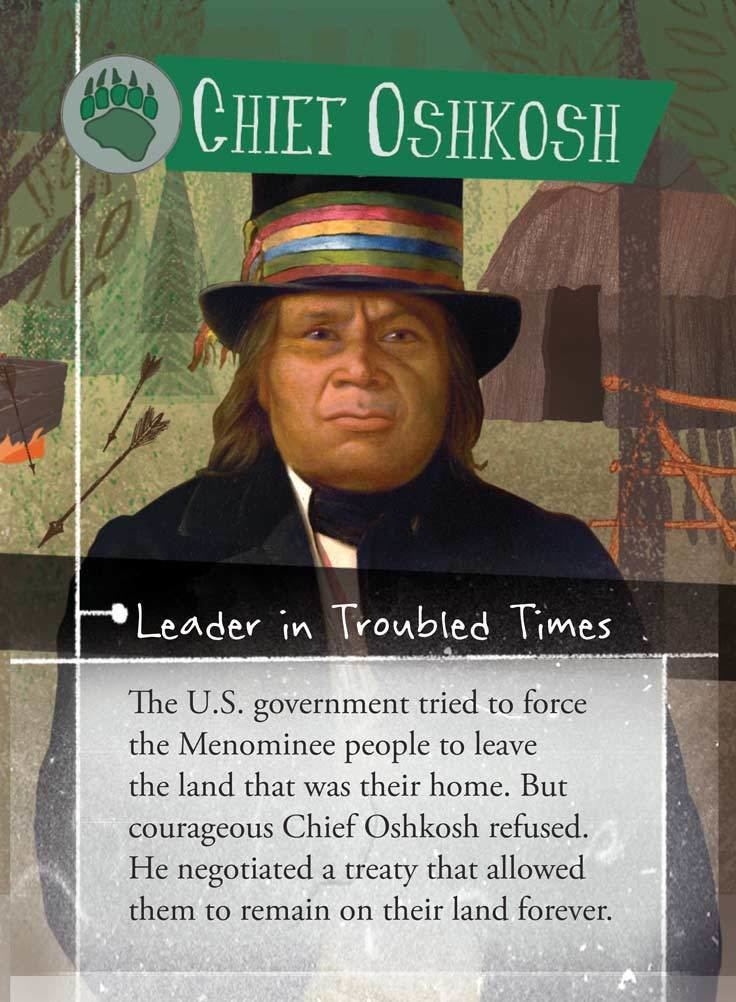
Oshkosh was supposed to lead his tribe to Crow Wing River, but he and other tribal leaders claimed that they had signed the 1848 treaty under pressure. In 1852, the Menominee were allowed to stay on a temporary reservation on the Wolf River in northeastern Wisconsin. Later, the 1854 Wolf River Treaty made this 250,000-acre (1,000 km2) reservation permanent.
Later life
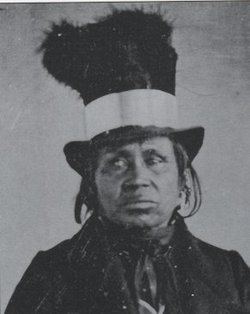
Oshkosh was known to be an alcoholic in his later life. Shortly before his death, he weighed over 400 pounds. He died in Keshena, Wisconsin, in a drunken brawl on August 29, 1858.
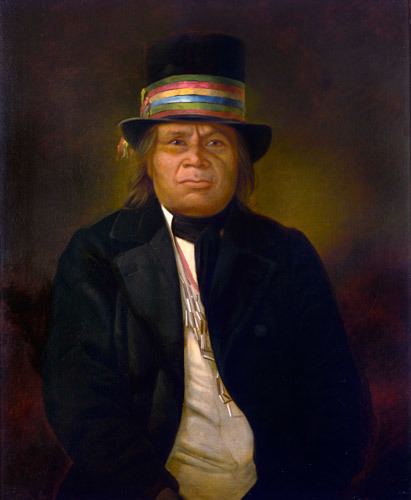
In 1926, his remains were moved to Menominee Park in Oshkosh, Wisconsin. His final resting place is at the foot of a monument dedicated to him, covered with an inscribed granite slab.
